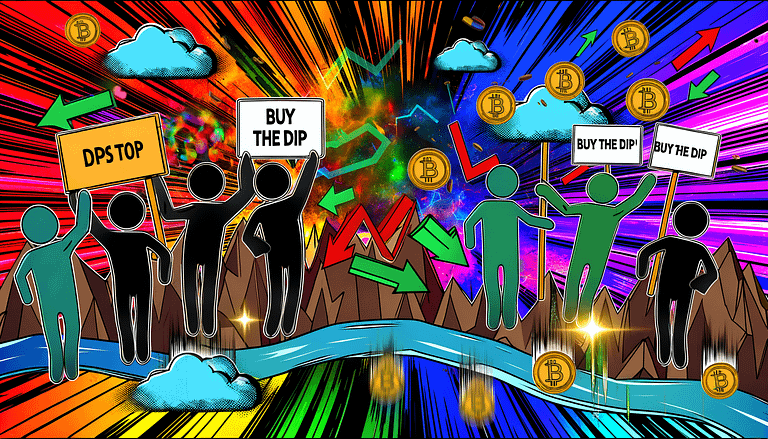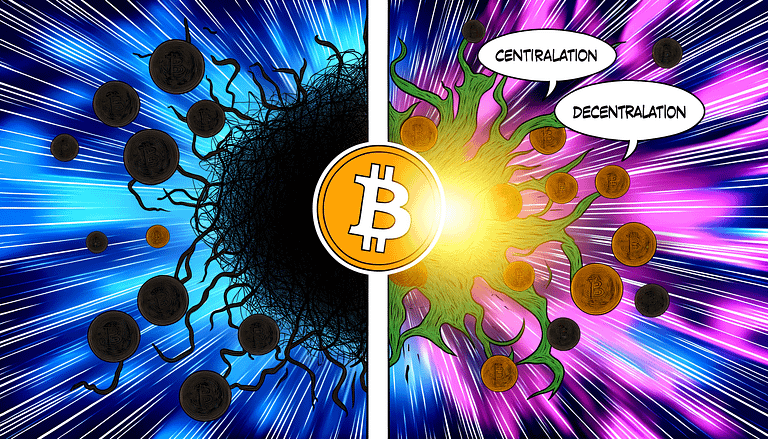2024 DeFi Boom: Growth Through Real-World Assets
In A Nutshell
The decentralized finance (DeFi) sector is surpassing expectations in 2024, with significant developments around real-world assets (RWAs) and a new phenomenon termed ‘recursive airdrops’. Despite the nascent stage of these trends, they underscore a rapid evolution in how DeFi interacts with traditional financial assets and user incentives.
Advancements in Tokenization of Real-World Assets
The integration of RWAs into the DeFi ecosystem has been identified as a pivotal growth area. Industry experts like Kevin de Patoul, CEO of Keyrock, highlighted the tokenization of U.S. Treasurys and other real-world assets as key trends. The launch of BlackRock’s USD Institutional Digital Liquidity Fund (BUIDL) and PV01’s digital native bond exemplify the strides being made towards bringing conventional financial assets onto the blockchain. These moves represent only the preliminary steps towards a more comprehensive digitization of assets, a process anticipated to unfold over many years.
The Rise of Recursive Airdrops
Another unexpected development has been the emergence of ‘recursive airdrops’ within the DeFi space. This model incentivizes user participation across different platforms by offering potential eligibility for airdrops from various third-party platforms. While the concept introduces a novel mechanism for user engagement, it also raises questions about sustainability and the clarity of qualification criteria for these airdrops.
Blurring Lines Between Traditional Finance and DeFi
The ongoing integration of traditional finance (TradFi) elements into DeFi is evident through the acceptance and utilization of decentralized networks by major financial institutions. This blurring of lines is a testament to the evolving perception of DeFi’s infrastructure as being sufficiently robust for mainstream financial activities. Notably, the advent of spot Bitcoin ETFs and the activity of financial giants in the crypto space underscore this growing convergence.
Centralization in DeFi: A Necessary Evil?
Despite DeFi’s foundational ethos of decentralization, there’s an observable shift towards accepting certain degrees of centralization within the ecosystem. This trend is driven by the practical needs for security and efficiency, suggesting that a hybrid model of DeFi, incorporating elements of centralization, might be becoming more mainstream.
Our Take
The DeFi sector is undergoing rapid and significant transformations, marked by the tokenization of real-world assets and innovative user engagement strategies like recursive airdrops. These developments indicate a maturing space that is increasingly intersecting with traditional finance, albeit with growing pains around centralization and the sustainability of new incentive models.
While the tokenization of RWAs represents a long-term evolution towards a fully digitized asset landscape, the sustainability of recursive airdrops as a user engagement mechanism remains to be seen. These trends, coupled with the gradual acceptance of centralization aspects in DeFi, could redefine the sector’s trajectory, making it more inclusive of traditional financial systems while retaining its innovative edge.
The challenge for DeFi will be to balance innovation with sustainability, ensuring that the sector can continue to grow without losing sight of its foundational principles. The journey of DeFi in 2024 and beyond will undoubtedly be one to watch, as it navigates these complexities and strives to redefine the boundaries of finance.







